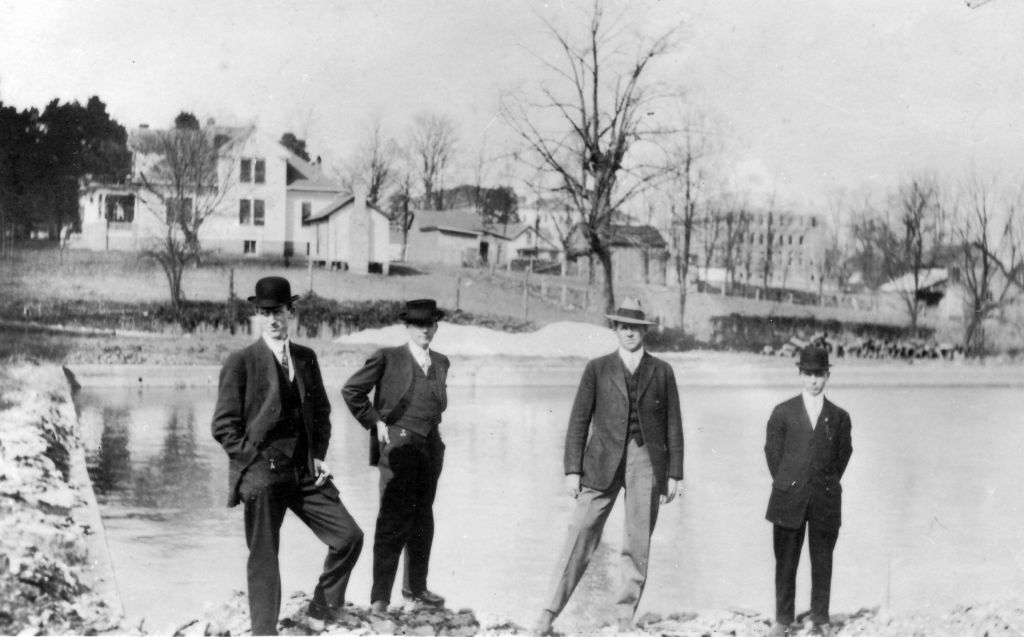Archivist reflects on wet, dry seasons of Limestone County history
Published 4:00 am Saturday, February 15, 2020

- This photo, taken in the early 1900s, shows four men in front of Big Spring in Athens. Athens College can be seen in the background.
Limestone County has always been wet.
From the Big Spring, where the first settlers watered their livestock and stayed to build the town of Athens around it, to the two rivers that met at the county’s southwest corner and provided a critical waterway for travelers and goods to the makeshift bar near the state line where an enterprising early settler sold moonshine in gourds that gave the community of Gourdsville its name, there’s rarely been a dry spot found in the county.
Trending
Sure, it’s been dry on the books from time to time. The law books allowed, then forbade, then allowed again and regulated the sale of alcohol, depending on which law book you open from the two centuries of Athens and Limestone County history. In 1820, the County Court set the price for whiskey to be sold in one of the six taverns on the Square (12.5 cents for a half pint), but by 1888, the temperance movement was so strong in the county that Limestone County’s own John Tanner became the Temperance Party nominee for U.S. Vice President. Prohibition reigned for decades afterward, until alcohol sales were voted legal in Athens in 2003.
It’s been dry in the weather history books from time to time, too, as periodic years of drought ravaged Limestone County’s staple cotton crop and other crops. And it’s been dry on the ledger books, during the lean years of Reconstruction after Civil War battles ravaged its homes and businesses or during the Great Depression, years before New Deal programs and the Tennessee Valley Authority provided jobs with good wages for Limestone County workers.
The county has flooded from time to time, too. It literally flooded from the typically humid and seasonally rainy climate, and from the TVA system of dams and locks that widened the Tennessee River into Wheeler Lake in the 1930s and allowed for barges to transport freight smoothly over the shoals to the west.
It has flooded with faith since the early days of weeklong tent revivals, with baptisms in every stream in the county and a church on nearly every city corner or country lane. A steady stream of educators and educated people has flowed through the community, too, with the presence of the state’s oldest institution of higher learning, Athens State University, established in 1822 as Athens Female Academy.
And the county has flooded with people who want to live here, and with families who end up staying generation after generation.
When Alabama Fever struck in the early 1800s, settlers from eastern states flooded over the Appalachians to snap up land here in what was then the Wild West — and legally still Chickasaw Territory — of the still-new United States of America. After Limestone County was established in 1818, farmers and developers flooded in, many bringing enslaved people with them, causing the enslaved to outnumber free residents by 1850. The turn of the 20th century brought another flood of people to the county as railroad systems brought easy access to the area, and the turn of the 21st century did the same as major employers located in the area, thanks to interstate highway system arteries that flow through the county.
Trending
Today, you can still go to that same Big Spring where the first settlers camped — only now, it’s a park in the middle of town where you can have a picnic and feed the ducks. But while you’re there, you can reflect on all the wet and dry seasons of Limestone County’s history. And if you want to know more, you can always walk a couple blocks over to the Limestone County Archives to dip into some record books.





